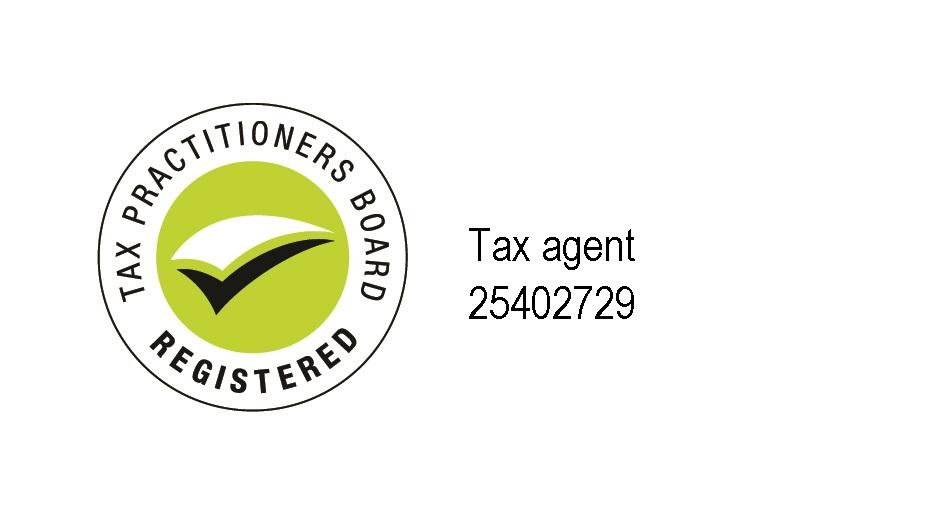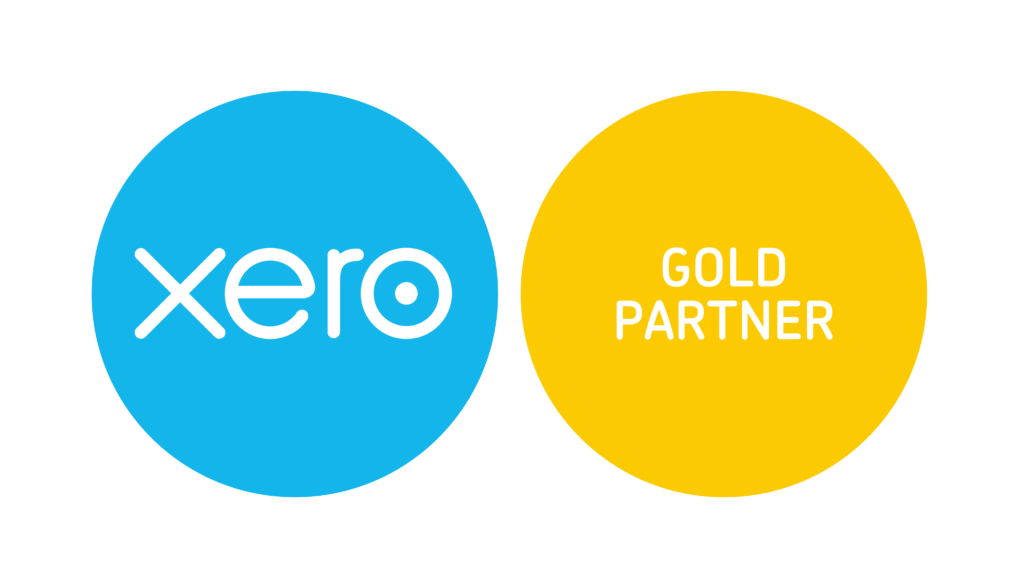How You Might Reduce Tax By Doing A Stocktake

Stocktake can be a very rewarding process. The purpose is to provide you with valuable data to inform your assessable income and insights to drive key decisions about the way you operate your business. Stocktake will provide you with the data needed to understand your stock on hand and the number of items your business owns. That data can then be used to understand how that stock has grown over time, the value of the inventory and also give you a reconciliation point. The process will give you invaluable data about variances in your warehouse, identifying issues with stock management, stock control, theft, obsolete stock and slow moving items, which in turn allows you to make better decisions about warehouse and business processes.
Further, whilst keeping track of stock is vital for your business, it becomes particularly important during tax time. If you’ve been reading our articles, you are now aware that damaged or outdated stock may be used as a tax deduction. Hence, by doing a stocktake, you have the data you need to calculate the value of your trading stock against your business income. Another benefit is having a better idea of your obsolete stock. This will give you the information you need to decide what to do with it – either turn it into quick cash or get rid of it (after the tax deduction!).
The process of a stocktake involves comparing the value of your stock at the beginning and end of the financial year. This process takes time to complete and a lot of pre-planning to ensure the data collected is accurate and correct. The aim of the activity is to physical check what is on your shelves compare to the data in your accounting system/system of record.
It is also good to note that not every business needs to perform a stocktake at tax time. If you estimate your stock values to be less than $5000, with very little change over the financial year, you may be exempt from doing a stocktake altogether.
Once again, we cannot stress enough, the key to a good stocktake is collecting accurate data. And this requires concentration and precision in the stocktaking process. Below are a few tips and tricks to make sure the data you collect during stock taking is worth the effort.
Tools and Resources
There are tools and resources that will significantly aid the stock taking process.
If you have the luxury of an electronic/cloud-based stock taking system, this will come with various tools and resources. Systems like these will have an inbuilt stock take process, with devices to help you capture the data-entry points – ensuring the whole process of doing your stocktake is accurate and efficient.
If on the other hand you are using an old-school manual process, make sure to have:
- Appropriate clothing
- Appropriate schedule with regular breaks
- Clipboards
- Pens
- Calculators
- Stock and Write-Off sheets
Time
It is really important to choose the right time to perform the stocktake. Sometimes it is easier and more efficient to do the stocktake outside of business hours, when the business is not operational and there aren’t any transactions or stock changes taking place.
Device Free Work Zone
Ever been interrupted by a mobile phone when you are counting? Even small distractions can have major impacts. Stock taking is a precision sport hence it requires absolute concentration. Aim to limit distractions in order to avoid errors.
Stock Location and Lifecyle Stage
The way your warehouse is organized and the effort you have put into organizing the location of the stock is very important. At any point in time it should be easy enough to decipher what stock is a) owned by the business, b) invoiced but not shipped and c) received but not yet recorded. If the stock has been invoiced to a customer but is still in the warehouse, make sure it is clearly labelled and separated from the rest. Likewise, with stock that has been received but not yet recorded.
Count Every Item
Whilst it seems silly, the only way to ensure an accurate outcome to your stocktake is to be thorough and count every item! For this reason, especially where a pallet/case/box was opened before stocktake, it is important to open the boxes and count what lies within. Further, don’t underestimate discrepancies between what it says on the box versus what is actually in the box. Take this opportunity to check the physical count against accounting records, note variances and follow up on discrepancies.

Update Your System of Record
When you have finished counting, the data should be entered into your database of record to perform a stock reconciliation and find the variances, anomalies and discrepancies. This data will also be used to validate and update the accounting system to reflect the physical stock on hand.
It is important to make sure you keep as much of the detail as possible. Your stocktake data should contain the volume of stock on hand but the electronic record should include more detail like, the person who counted the stock, how and when it was counted, the value of the stock, who valued the stock and the basis of the valuation. As usual, it is important to save this data in case the ATO requests a review as part of your tax return.
Valuation
At this point it is important to understand that stock isn’t just items you sell to customers. It can also be ingredients or materials you use to manufacture something else or distribute your goods, such as packaging. A stocktake will determine the value of these goods, which has one of two major effects on your tax return:
- If the value of your trading stock is higher at the end of the year (compared to the start of the year), then the increase counts as part of your assessable and taxable income.
- If the value of your trading stock is less at the end of the year, you qualify for a deduction.
Stock Valuation Methods
There are three methods used to value stock. As a business owner, you should work with your Accountant to select the method that provides you with the lowest valuation at the end of the financial year – as this will ensure you maximise your tax deduction. However, you can only be selective with your method, if you have collected accurate stock take data and digitized the data well. (You can even use different valuation methods for different items).
The methods are:
- Cost: How much did the goods cost you. This value includes the purchase price and other associated costs like shipping, delivery charges, insurance, customs and duties.
- Resale Value: This is the current value of the stock, if it were sold. For example, imagine that you sell bicycles. After performing the stocktake, you discover you had 100 antique bikes sitting in a back shed. Whilst they cost $10 each back in 1950, today, they may only be of interest to a hobby collector and worth $2 each at auction or on Ebay. In this case, you’d get an $800 tax deduction for the decrease in value (the $1,000 cost of the bikes minus the $200 value that you could sell them for today).
- Replacement Value: The third method is replacement value, meaning, what it would cost to buy an identical item.
Done right, stocktake is a very rewarding process. As business owners, the process brings to light the fact that we should constantly be looking at what is selling, what isn’t and, how we can shift the slow-selling items to boost cash flow. The purpose of stock take is to give you the data you need to help guide these important decisions and trigger legitimate tax deductions when they are warranted.
If you would like more information on how to implement any of these strategies, feel free to contact Semmens & Co on 03 8320 0320 for a free consultation.
If you’re looking for more information on how to maximize tax benefits for your business, download our e-book Top 9 Tax Tips That Could Save You Thousands or, learn more about these strategies by registering to attend our webinar.







